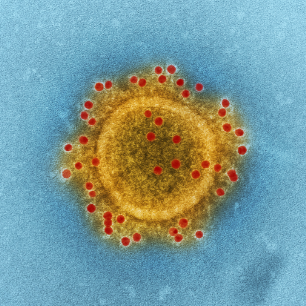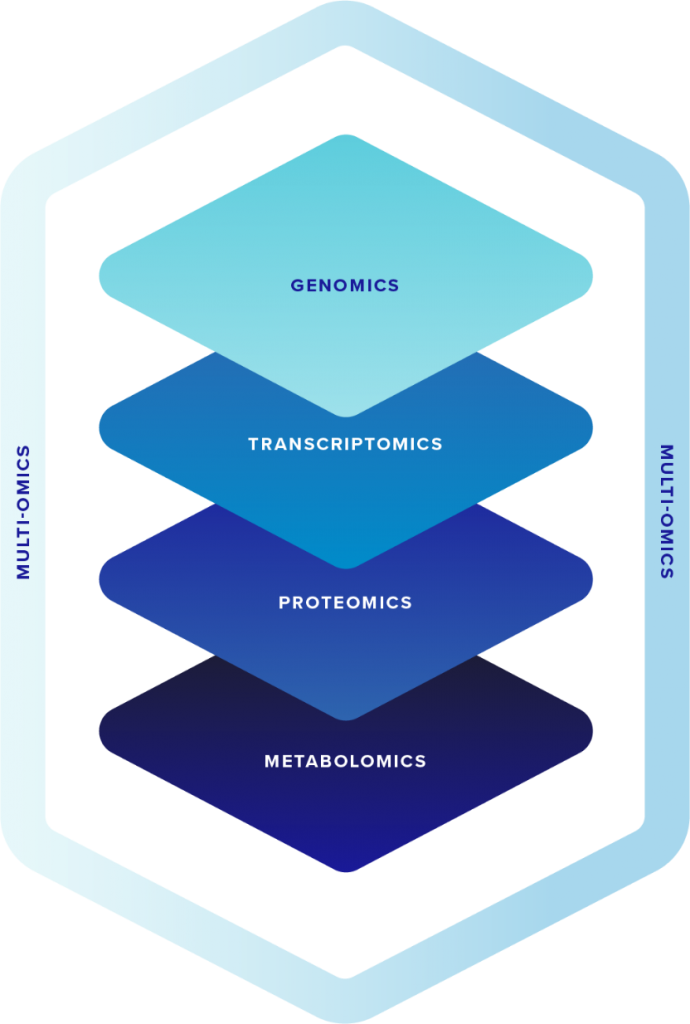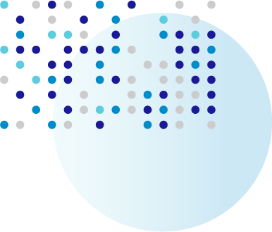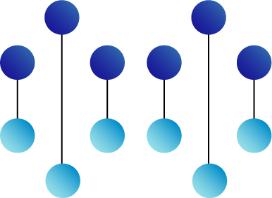
U.S. healthcare spending as a
percentage of GDP
of all new drugs approved
by the FDA in 2020 were
precision medicine drugs
months from sequencing
the SARS-Cov-2 genome to
FDA approved Vaccine
aMoon was founded in 2017 to seize on the rapid convergence of healthcare and technology with the mission to Accelerate Cure. We have been built from the ground-up with this goal in mind. By partnering with outstanding entrepreneurs, management teams in Israel, and other global centers of innovation, we push ourselves to advance solutions that will help people live healthier, longer, and better lives. While our mission is first and foremost about cures, we recognize that the element of time is also critical and we view ourselves as agents to help bring revolutionary ideas to life – quickly.
The convergence of healthcare and technology is creating remarkable potential to confront the most pressing challenges facing modern day health systems: how to break through the iron triangle – to simultaneously improve access to care, quality of care and cost of care to Accelerate Cure.
Over the past decade we have witnessed remarkable scientific breakthroughs and advancements that have prolonged life and improved quality of life for those with access to care. COVID-19, while wreaking havoc across the globe, is proving out the “HealthTech Effect.” Ten years ago, no one would have dreamed of being able to sequence the SARS cov-2 (and variant) genomes instantaneously at a cost of a few hundred dollars. mRNA technology was in its infancy, nowhere near ready to produce a vaccine in a matter of months. Integrated electronic records enabled both the identification of high risk COVID-19 patient groups, the effective rollout of massive vaccination operations such as Israel’s.
COVID-19 also accelerated major HealthTech trends, moving healthcare away from the hospital to the community and home and turning virtual into the new normal. The basic infrastructure to enable remote care for patients was also embryonic. While these and other HealthTech advances over the past decade are indeed remarkable, they are not enough. Access to high quality care is still sorely lacking in many geographies and healthcare costs continue to outpace GDP growth (US healthcare costs grew by 4.6%, double the rate of GDP growth). We are still in the very early stages of the HealthTech revolution and there is still so much work to advance solutions that will help people live healthier, better lives.
A year into the global pandemic, as the effects of COVID-19 continue to unfold around the world, we have witnessed an unprecedented acceleration of the digital convergence of healthcare and technology.
While COVID-19 created a global economic crisis for countless industries, the distortion also created major opportunities for disruption and growth. COVID-19 stimulated tectonic shifts in the Healthcare industry, fueling a rapid and large-scale HealthTech movement, and the growth of a global economic engine.
The HealthTech industry will continue to grow, and its burgeoning technologies are poised to create economic growth engines for nations around the globe, facilitate the growth of pioneering companies, generate high-paying jobs, and leverage this momentum to improve healthcare systems’ efficiency and reduce healthcare costs.
Looking ahead, we are committed to supporting the HealthTech movement’s shift away from high cost, reactive care delivery towards predictive and preventative care that stratifies, flags, and performs proactive outreach to high-risk populations. This change will enable a shift of care away from high-cost treatment centers such as ERs and hospitals towards less expensive care models in the home and the community. We also believe that significant reductions in the cost of genomic sequencing, the advent of multi-omic technologies and huge improvements in bio-informatics capabilities will allow for less invasive screening of disease at earlier stages. To provide proactive, not just reactive care. To prevent, not only to treat.
Healthcare’s digital convergence will continue to transform the entire life science ecosystem. It will offer enhanced capability to more efficiently identify drug targets, and conduct drug discovery and development. We are also at the dawn of an era where implantable devices, communicating with mobile devices and the cloud, will offer better ability to predict chronic disease and analyze and communicate relevant anticipatory clinical data to physicians.
We’re at the verge of a scientific revolution that is driving the next great leap forward in understanding our individual biology and transforming human health. As the genome revolution marked the beginning of a new era, Omics science is unveiling fundamentally new possibilities to unlock new biological information and enable a limitless breadth and depth of data and scientific insights that will reshape the way we diagnose, prevent, treat, and cure disease.
Omics science fuels the shift from traditional, reactive diagnostics and one size fits all treatment to a holistic perspective of preventative early diagnostics and personalized therapeutics.

The genome is the complete sequence of DNA in a cell or organism, decoding human genes and their interactions with each other.



The transcriptome is the complete set of RNA transcripts from DNA in a cell or tissue, revealing the extent to which each gene is activated or deactivated.

The proteome is the complete set of proteins expressed by a cell, tissue, or organism, detecting protein expression.

Multi-omics relates to the integration of diverse omics data, many times collected from the same biological sample, to reveal novel interactions and associations between biological entities and to discover new bio markers of disease.

The metabolome is the complete set of small molecule metabolites found within a cell, tissue or organism [biological sample], measuring the dynamics of metabolic response (small molecule substrates).

Multi-omics technologies are greater than the sum of their parts, enabling molecular profiling and integration of multi-omics data to simultaneously study genes, RNA, proteins and metabolites and reveal the interaction networks at the molecular levels. These emerging groundbreaking technologies provide high resolution and accuracy to decipher cellular and molecular mechanisms, and to understand individual gene expression, biological processes and disease.
The impact of life sciences companies at the forefront of the Omics revolution cuts across the healthcare value chain and is revolutionizing delivery of patient care:
Transforming the foundations of scientific research to enable the discovery and development of new approaches to medicine.
Creating new ways to understand and diagnose diseases on time.
Producing precision and personalized therapeutics and delivering them in new ways to patients.
New breakthrough technologies will enable the revelation of never-before-seen molecular information at unprecedented resolution and accuracy, leading to valuable insights for individual health.

Generating the
human barcode

Integrating never before seen data into valuable insights

Translating unique insights into individual health

DEVELOPING NEW PERSONALIZED TOOLS, DIAGNOSTICS & THERAPEUTICS

Generating the
human barcode


Integrating never before seen data into valuable insights


Translating unique insights into individual health


Developing new personalized tools, diagnostics & therapeutics